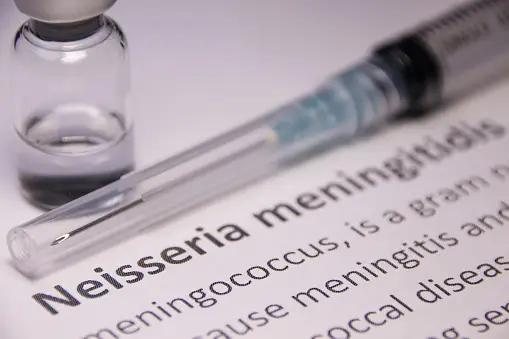
Amid concerns over ciprofloxacin-resistant N. meningitidis strains, public health authorities are urged to adopt alternative antimicrobial agents for prophylaxis in specific scenarios indicative of resistance. This strategic adjustment aims to enhance protection against meningococcal disease for at-risk populations. Continuous surveillance and reporting of antimicrobial resistance patterns are crucial to ensure the ongoing efficacy of prophylaxis strategies and guide future clinical recommendations.
The increase in ciprofloxacin-resistant N. meningitidis strains poses a significant risk of prophylaxis failure when ciprofloxacin is used in affected areas. The recommendation is that health departments should shift to alternative antibiotics for prophylaxis under specified conditions. These alternatives include rifampin, ceftriaxone, and azithromycin, which are suggested to mitigate the risk of prophylaxis failure in the context of rising ciprofloxacin resistance.
According to the Centers for Disease Control and Prevention (CDC), “CDC’s implementation guidance for choosing antibiotics for invasive meningococcal disease prophylaxis is based on observed increases in the number of cases of invasive meningococcal disease caused by ciprofloxacin-resistant strains since 2019 and concerns about potential prophylaxis failures in areas with ciprofloxacin resistance. These data, combined with evidence that alternative recommended prophylaxis options are effective and are associated with minimal adverse events, support preferentially considering the use of antibiotics other than ciprofloxacin in areas reaching a minimum threshold for action.”1
3 Key Takeaways
- Public health authorities are encouraged to transition to alternative antimicrobial agents such as rifampin, ceftriaxone, and azithromycin for prophylaxis in scenarios indicating resistance to ciprofloxacin.
- The importance of ongoing surveillance and detailed reporting of antimicrobial resistance patterns cannot be overstated.
- The CDC has laid out specific guidance and criteria for choosing suitable antibiotics for meningococcal disease prophylaxis, prompted by the rise in ciprofloxacin-resistant cases since 2019.
CDC considered four main criteria in developing the guidance for preferentially considering options other than ciprofloxacin for meningococcal disease prophylaxis.1
- A threshold for action.
- The alternative antibiotics that should be used.
- The duration of the guidance
- The catchment area
From October 2022 to April 2023, the 4 specific criteria and 5 contextual factors (public health partner acceptability, implementation feasibility, health equity impact, potential indirect effects, and expected opposition) were assessed step by step. The CDC initiated this by seeking insights on these criteria and factors from both government and non-government experts to understand the necessity for updated guidance and to explore practical issues impacting the guidance’s implementation. Following this, CDC experts prepared preliminary implementation guidance and then sought additional input from state and local public health professionals who would be involved in applying this guidance. This input was considered by the CDC in developing the final guidance.
“Effective guidance implementation will depend on rapid communication of antimicrobial susceptibility testing results between CDC and jurisdictions to guide local threshold calculations, strong cross-jurisdictional communication regarding catchment area borders, availability of alternative antibiotics, and monitoring for potential prophylaxis failures,” according to the CDC. “A need remains to generate more data on azithromycin’s effectiveness because it is likely the most convenient and readily available alternative antibiotic for meningococcal prophylaxis.”1
The rise of ciprofloxacin-resistant N. meningitidis strains necessitates a strategic shift to alternative antibiotics for prophylaxis, emphasizing the importance of continuous surveillance and prompt adaptation of treatment guidelines. Effective communication and collaboration among healthcare professionals and public health authorities is important to implement these changes successfully and protect at-risk populations from meningococcal disease.
Reference
1. Berry I. Selection of antibiotics as prophylaxis for close contacts of patients with meningococcal disease in areas with ciprofloxacin resistance — united states, 2024. MMWR Morb Mortal Wkly Rep. Published February 8, 2024. Accessed February 15, 2024. doi:10.15585/mmwr.mm7305a2